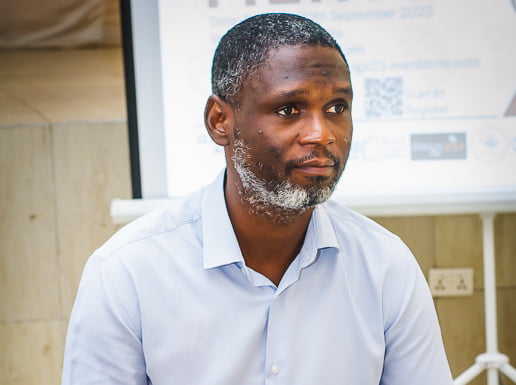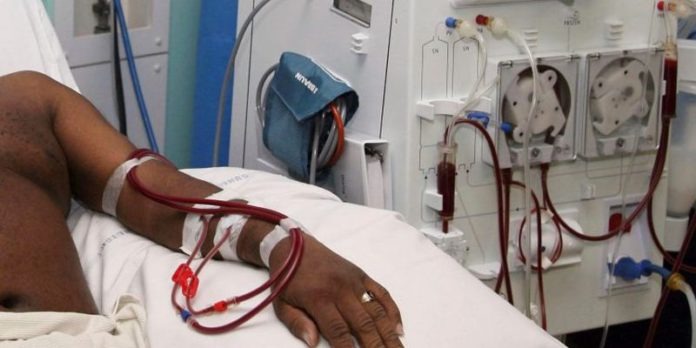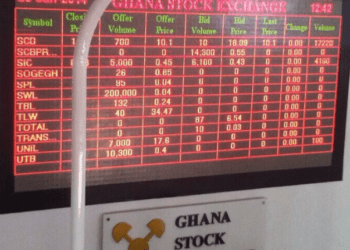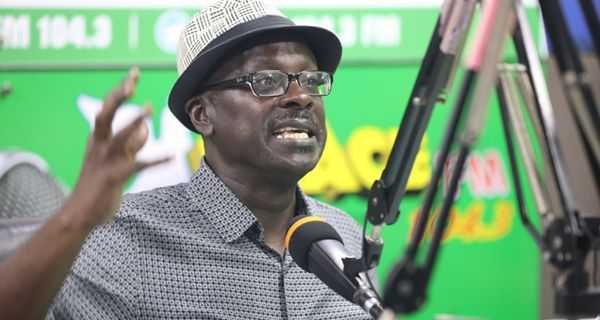A bold vision to establish a dialysis center in Ghana’s Upper East Region finally materialized—despite early skepticism, logistical concerns, and doubts about its feasibility.
The initiative began when Dr. Emmanuel Akatibo, along with a nurse, first floated the idea of setting up a hemodialysis facility at the Upper East Regional Hospital. However, the proposal was initially met with strong resistance.
Critics questioned both the practicality and cost of such a project, with others raising concerns about long-term maintenance and sustainability—even if the center could somehow be built.
Undeterred, the pair pressed on, determined to prove the need and viability of their plan. They began by conducting a regional study to gauge the number of kidney patients who would use such a facility.
The findings were not only significant—they were inspiring. The data revealed an urgent and widespread need for dialysis services in the region, a revelation that fueled their resolve and provided a strong foundation for further action.
Encouraged by the research, the team launched a broader public awareness and stakeholder engagement campaign. Slowly but steadily, key actors began to listen. From health professionals and civil servants to local leaders and private citizens, support grew around the idea of bringing life-saving dialysis treatment to a region that had long lacked it.
The momentum eventually culminated in the formal launch of the Upper East Regional Dialysis Center. The event was chaired by the Paramount Chief of the Talensi Traditional Council, Tongraan Na’ab Kugbilsomre Nanlebigtang, and drew participation from a wide spectrum of community stakeholders.
It marked a turning point for healthcare delivery in the region, with the dialysis center seen as a landmark achievement born out of grassroots determination and inter-sector collaboration.
Speaking to the Vault News, Dr. Emmanuel Akatibo reflected on the journey, recalling how the idea first emerged in November 2021.

What began as an audacious thought between two healthcare workers has now evolved into a fully functional treatment facility—one that promises to change countless lives in the years to come.
“We didn’t know that it would come to this. I was interested in doing my specialization in kidney diseases, and I also had a young, enthusiastic nurse by name Ayariga who was an ICU nurse, who was also passionate about this project”.
“So, we put our ideas together and looked at past history, trying to mobilize public support in Upper East, in Bolga particular, to get the project done was quite difficult. You call some high-profile people, and some of the words were not encouraging, but we thought that this was done elsewhere, and it was possible. However, the majority of the people were very receptive and were willing to support us”.
Dr. Emmanuel Akatibo
Dr. Akatibo further recounted how he and his colleague embarked on a meticulous six-month research effort to gather evidence in support of their proposal. The objective was to compile credible data and case records that would validate the urgent need for a dialysis center in the Upper East Region.
He explained that the findings from their research became the backbone of their advocacy efforts. Armed with the data, they began approaching political leaders, traditional authorities, private individuals, NGOs, and various government ministries to seek support for the project.
During that period, they collected information that clearly showed the existence of kidney patients in the region who were in dire need of dialysis services.
However, due to the absence of such a facility in the Upper East, many patients were forced to travel long distances—often to the Tamale Teaching Hospital—for treatment.

Dr. Akatibo emphasized that the journey from Bolgatanga, the Upper East regional capital, to Tamale placed an enormous strain on patients, many of whom had to make multiple trips each week to access dialysis care.
He stressed that this burden made the establishment of a local center not only necessary but urgent.
Support Grows for Upper East Dialysis Center
After enduring extensive efforts to persuade stakeholders, Dr. Emmanuel Akatibo noted that public interest in the dialysis center project gradually gained momentum.
What began as a challenging advocacy campaign eventually saw widespread support, as funds began to trickle in from Members of Parliament within the region, various organizations, private citizens, and philanthropists.
Significant contributions came from several key donors, including the Ghana Ports and Harbours Authority, which provided 10 dialysis machines.
Additionally, Cardinal Namdini Mines donated a machine and consumables, a gesture made possible through the involvement of the Paramount Chief of Tongo. The Navrongo Research Center also emerged as one of the project’s most substantial contributors.
The facility initially began operations with just two dialysis machines, both acquired through public donations. With those two machines, the Upper East Region’s hemodialysis unit officially commenced service, catering to 12 kidney patients who had previously endured long journeys to Tamale for similar treatment.
Dr. Akatibo acknowledged that the largest contributions came from the Navrongo Research Center and the Ghana Ports and Harbours Authority, both of which played instrumental roles in turning the vision into a reality.

“We have officially commissioned the center, although it started working in June last year. We wanted Ghana Ports and Harbors Authority to be in the commissioning of this project because they have invested so much into it. After the Ghana Ports and Harbors Authority, the next is the Navrongo research center.”
Dr. Emmanuel Akatibo
Although the project was initially scheduled to begin in 2023, it did not proceed as planned due to a lack of resources, Dr. Akatibo told the Vaultz News. Despite the setbacks and mounting pressure, a glimmer of hope emerged through the uncertainty.
He recounted how they persevered through harsh realities, emphasizing that the journey, though challenging, was ultimately worth it.
“So, when that third machine came from Cardinal mines through the efforts of Tongrana. It brought some relief, but we realized that the numbers started increasing. From 12, we went all the way to 18 and I can tell you currently we have 35 patients who are on the dialysis but luckily Ghana Ports and Habour came along with their machines, they donated about 10 of them to us and then, gave us some money to do some works at the place then some other things.
“So, currently in terms of the machines, we don’t have a problem. What we probably might be looking at is some other logistics, some consumables. We don’t have much of a problem with the water currently.”
Dr. Emmanuel Akatibo
When the dust of uncertainty, frustration, and countless sleepless nights finally settled, there was a profound sense of fulfillment and celebration as the first patient walked into the center and successfully underwent dialysis, Dr. Akatibo recounted.
His reflection echoes the belief of the termite—that great achievements come through collective effort. For a life-saving initiative like a dialysis center in the Upper East Region, he believes this is the result of dreamers daring to push beyond their limits.
READ ALSO: Nana Akua Addo on Most Talked-About Costume for 2025 AMVCA



















